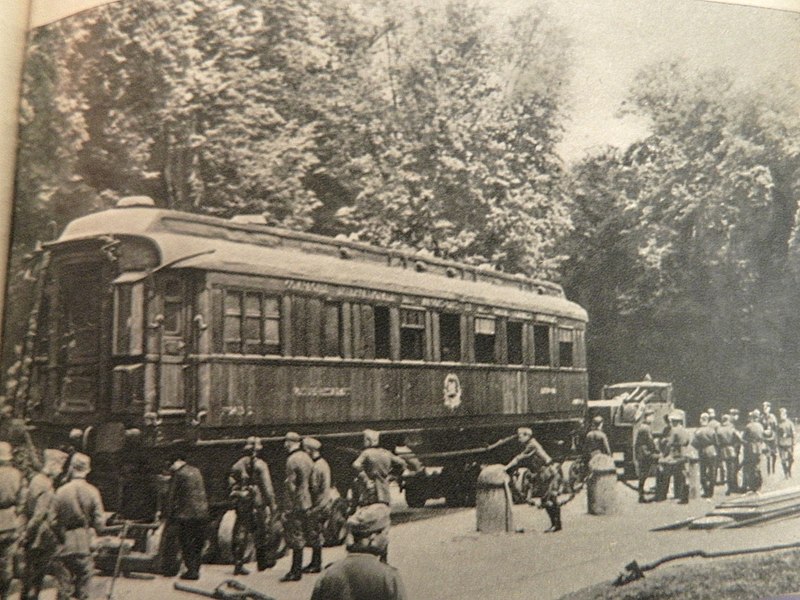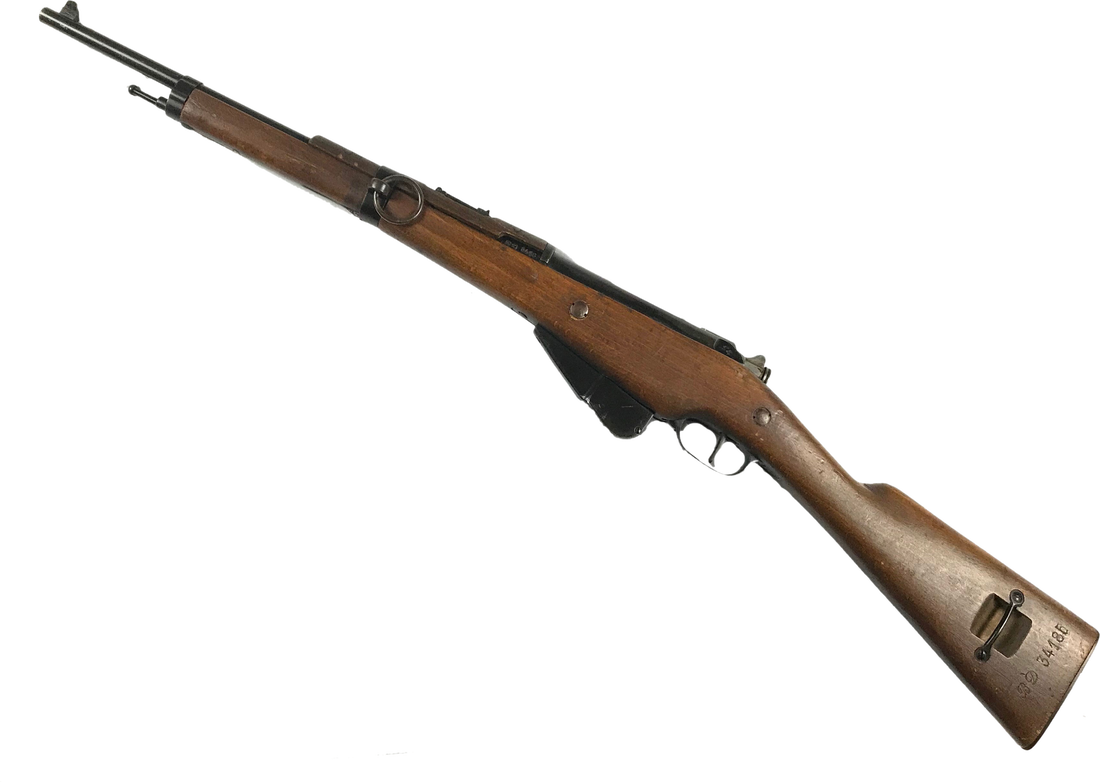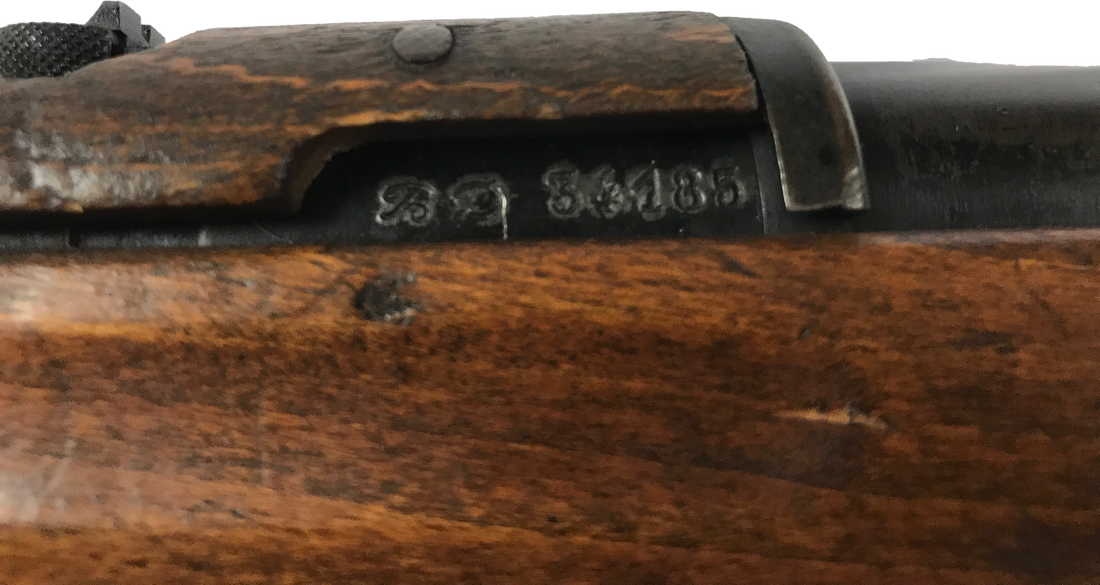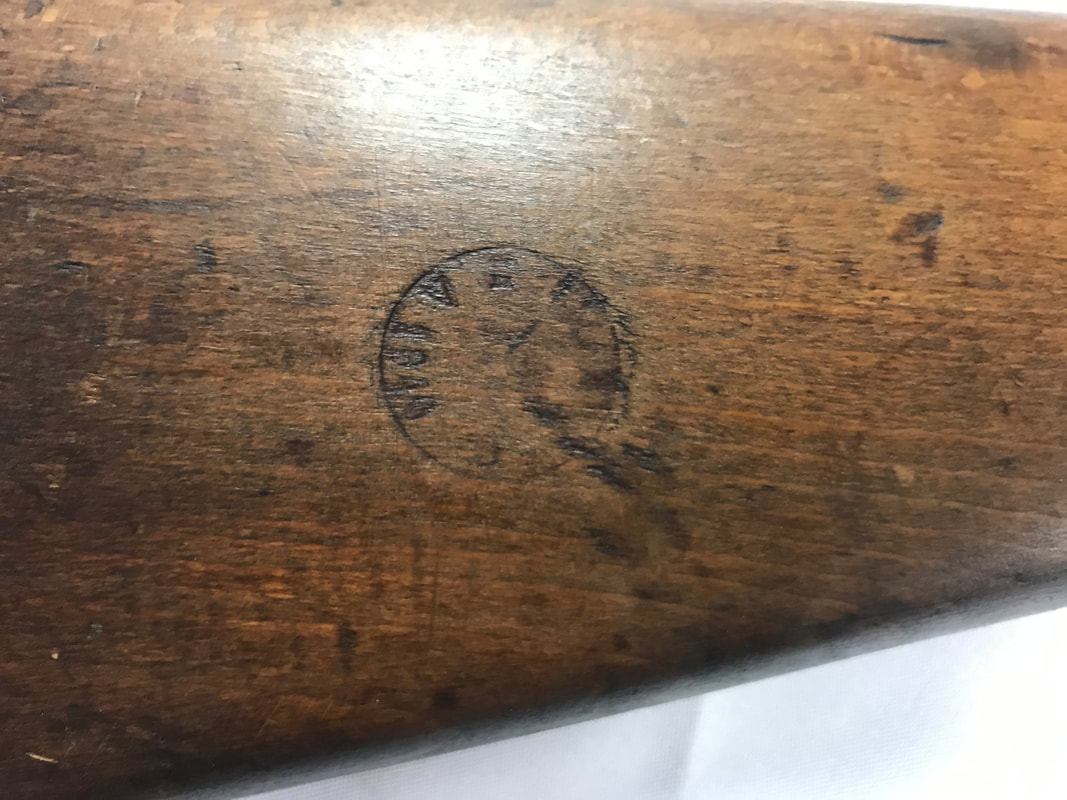|
On June 22 1940, the French signed an armistice with invading German forces that would officially end the Battle of France in the early morning hours of the 25th. Over the course of six weeks the invading Huns had battled French, Belgian and Commonwealth forces in a dynamic and fluid campaign. In the north, German forces had pushed most of the allies from their far forward positions where they had hoped to halt the invaders. In the south, German units had gambled and squeezed mechanized formations through narrow passages in the Ardennes forest. While met with fierce (but hopelessly outnumbered and surprised) French resistance, the bid paid off for the Germans and they managed to circumvent the imposing Maginot line that formed the lynchpin of France’s defensive plan. Following French political upheaval, Marshal Philippe Petain (a WW1 hero) took charge and initiated armistice negotiations with the Germans. In an act of “fuck you” to the French, the site chosen for the negotiations was the same spot where German representatives had signed the Treaty of Versailles only a few decades earlier. Hitler even had the train car where that document was signed hauled out of a museum in order to be used again. Before the war, the French were armed with a mix of weaponry in two different calibers. While they had officially adopted the 7.5mm cartridge and a new bolt action rifle (the MAS-36), and had plans to begin wide production of a complementary semi-automatic rifle, war came too soon. Unfortunately crushing bureaucratic delays and inaction had made last minute rearmament attempts too little too late. Instead most French weapons pressed into front-line service were mildly updated WW1 pattern weapons in 8mm Lebel. One such weapon is this Model 1916 Berthier carbine. Utilizing a 5-round en-bloc feeding system (an improvement from the earlier flush-fit 3 round Berthier) carbines such as this were originally designed for non-infantry units such as cavalry, engineers, artillery and support units, but saw wide usage with all types of organizations. This carbine demonstrates that the French military needed to get any weapons they could lay their hands on. Even though it is of an older pattern, the stock bears a circular cartouche with the date of 1940. While the month is unfortunately too obscured to read (it would be at the top of the stamp, opposite the year), this rifle was clearly pushed into service either immediately before or actually during the Battle of France. While there is no way to know if it served with Vichy collaborators, the resistance, or Free French forces after the capitulation of France, it absolutely was there during one of the darkest periods in modern French history.
0 Comments
Leave a Reply. |
Jon K.Weapons collector, history buff, Army officer, Pug enthusiast. Archives
December 2020
Categories
All
|






 RSS Feed
RSS Feed
